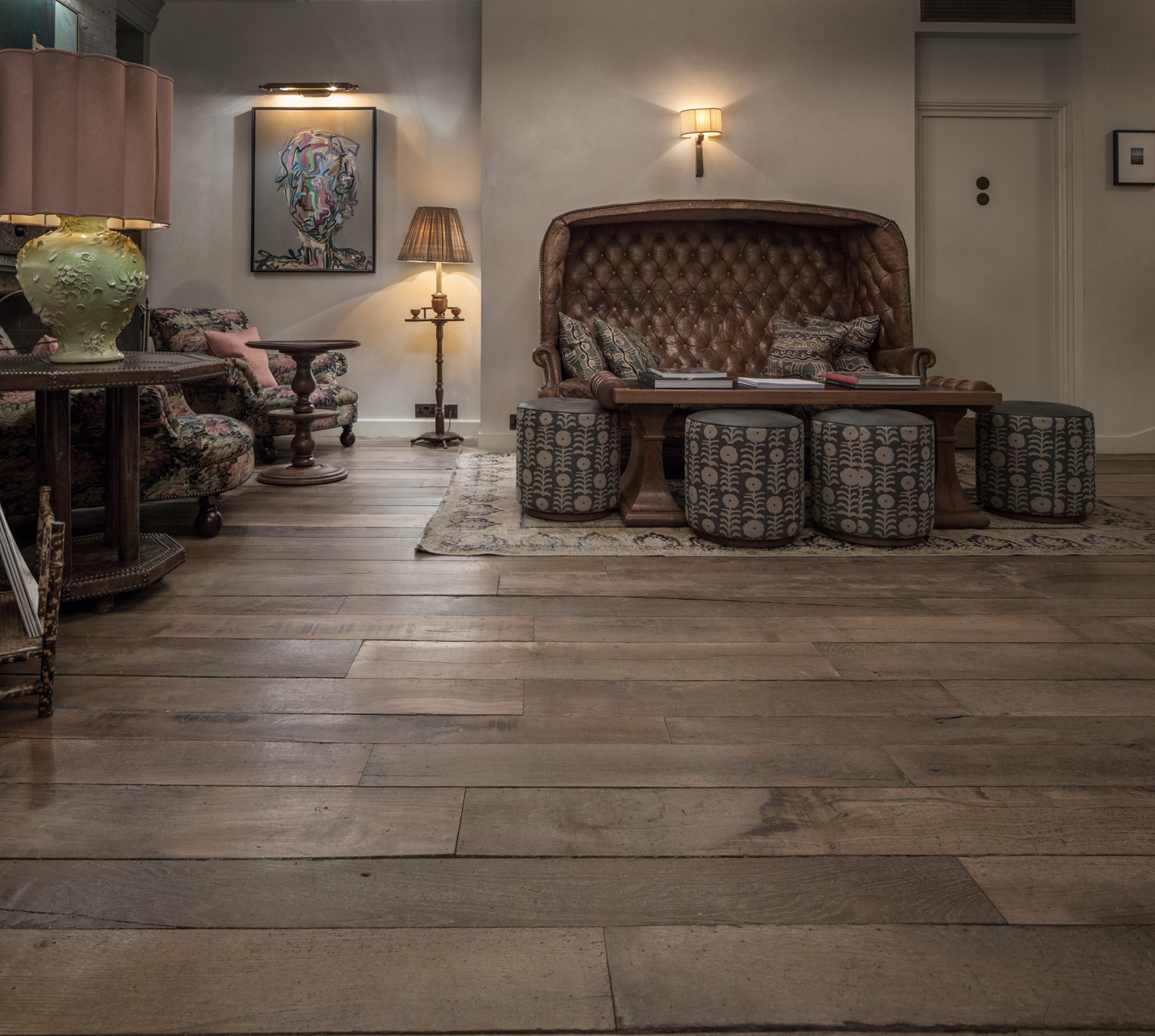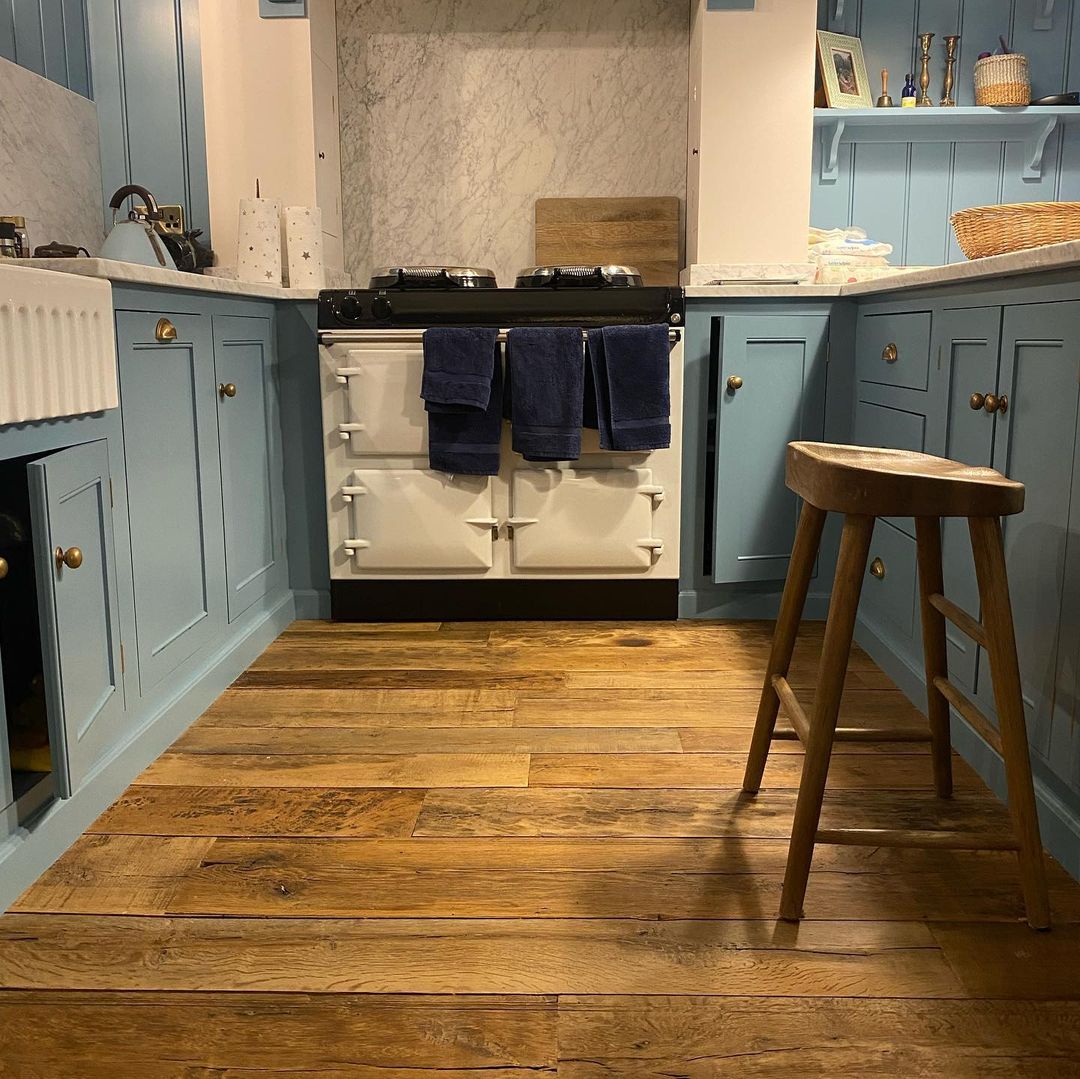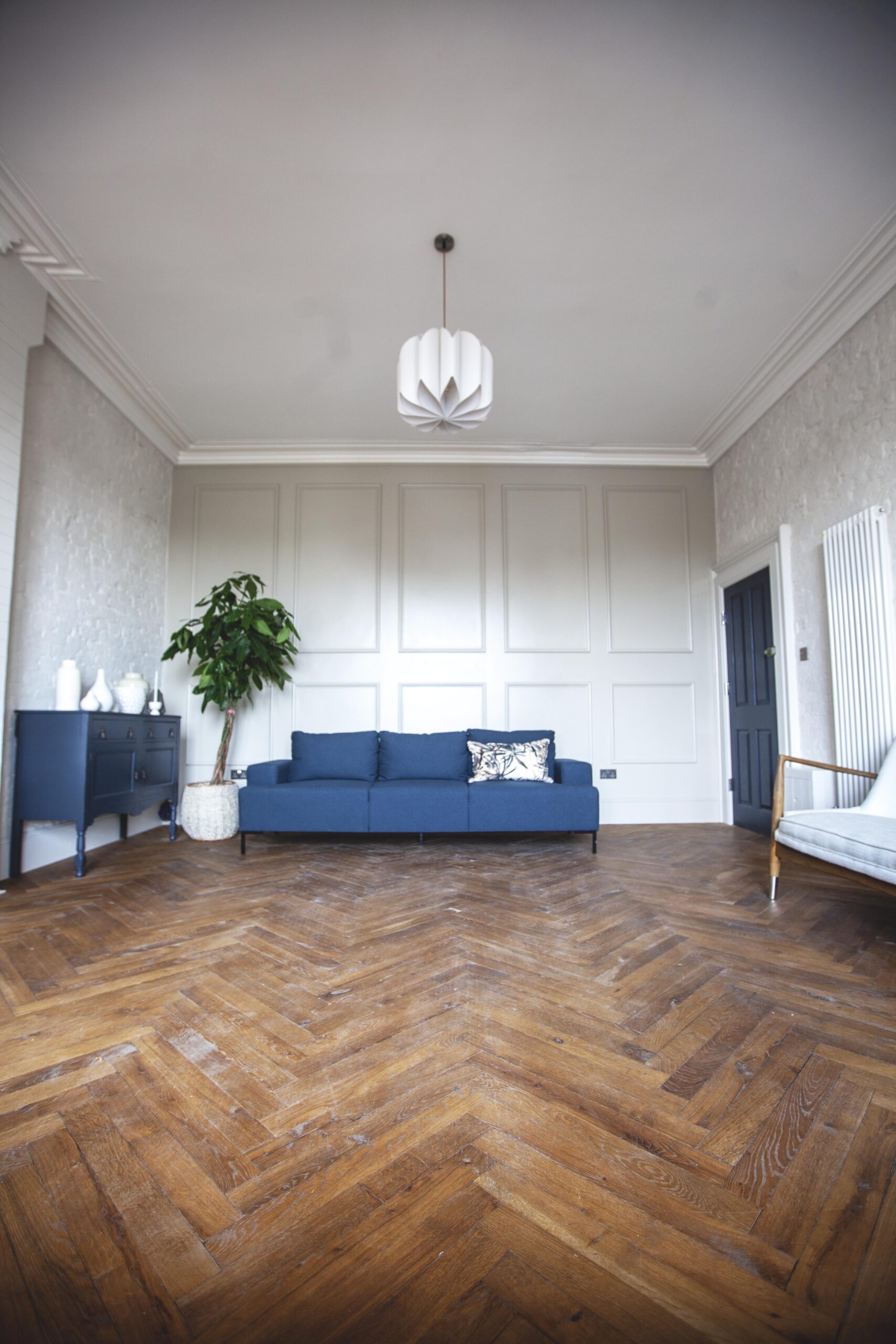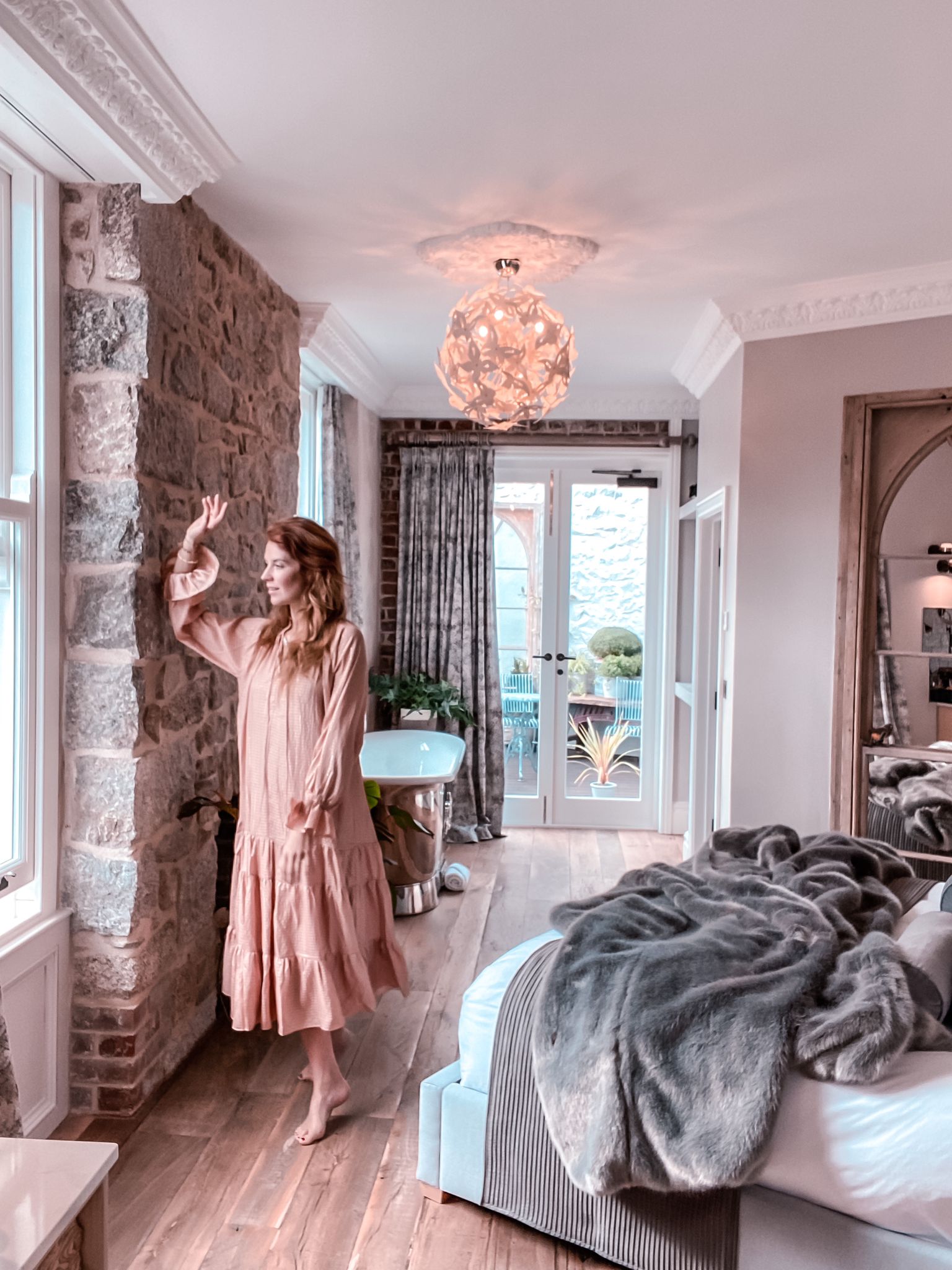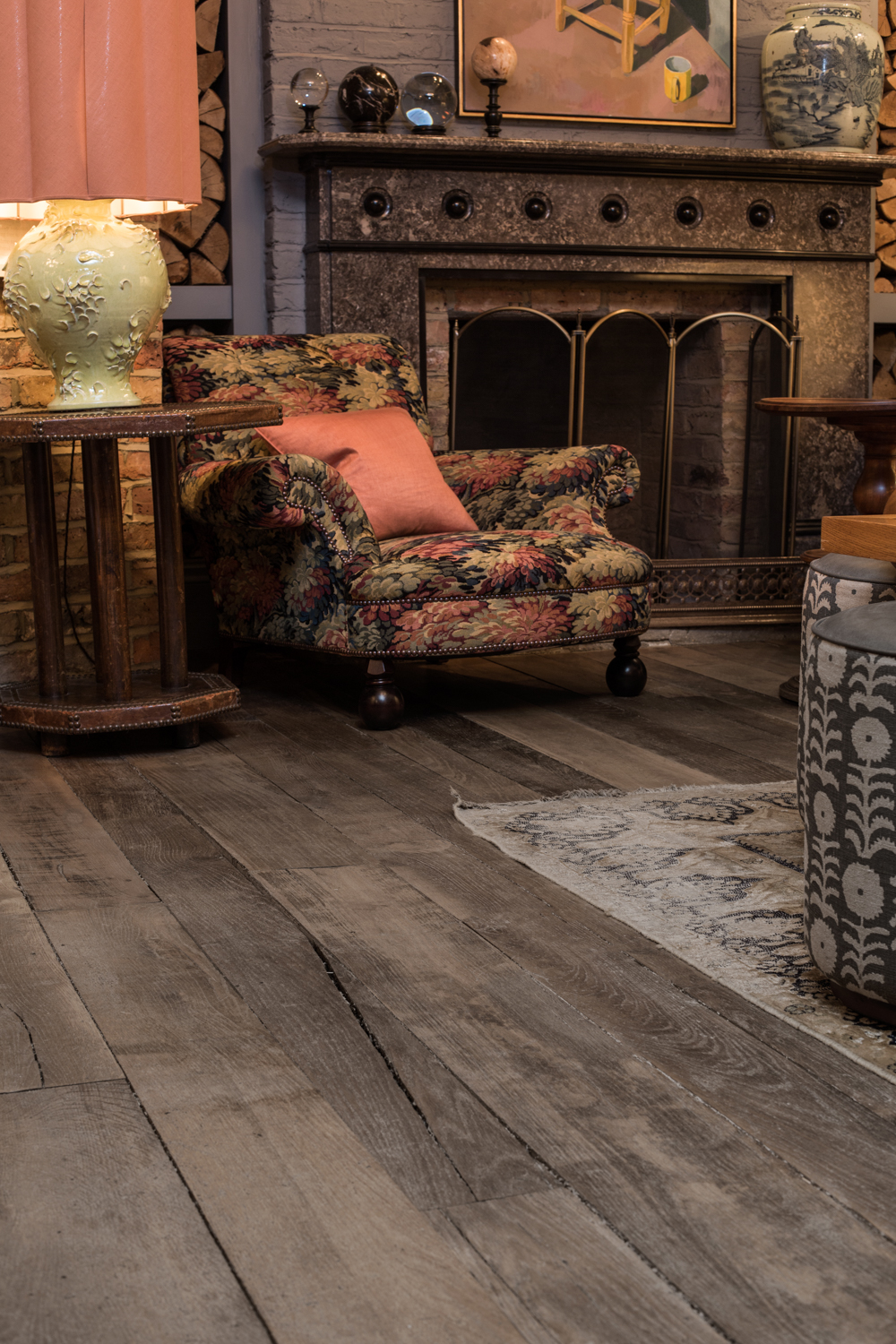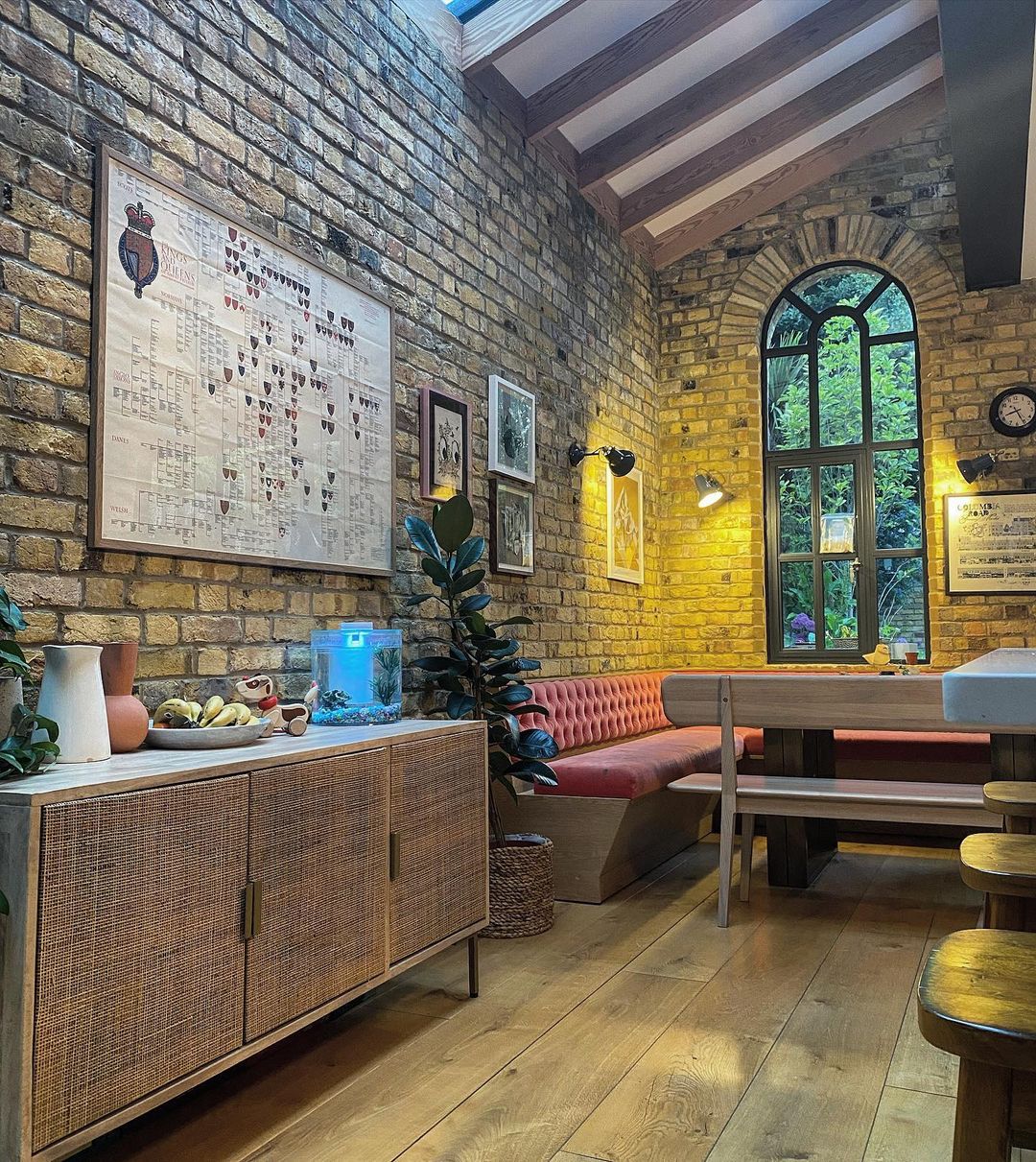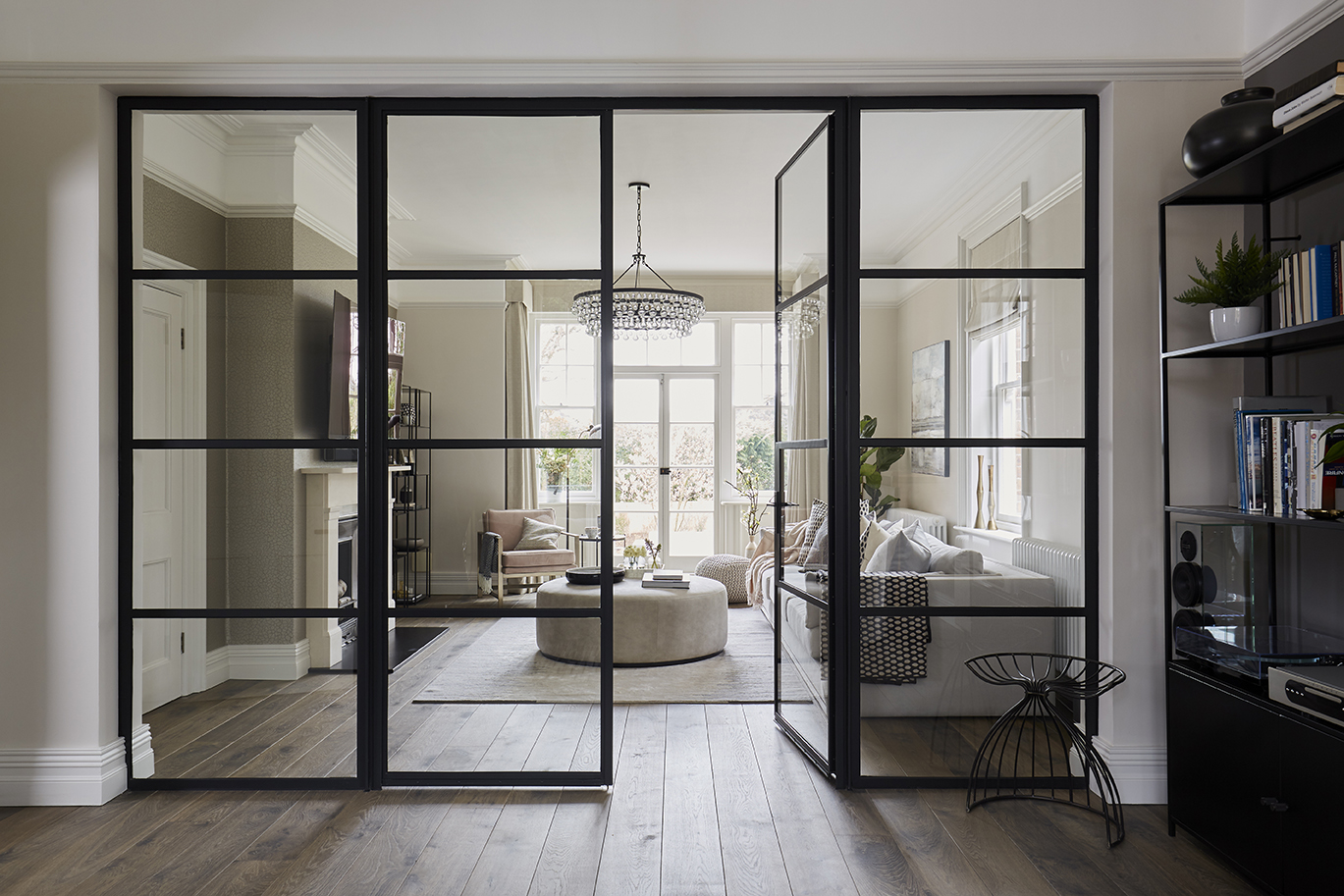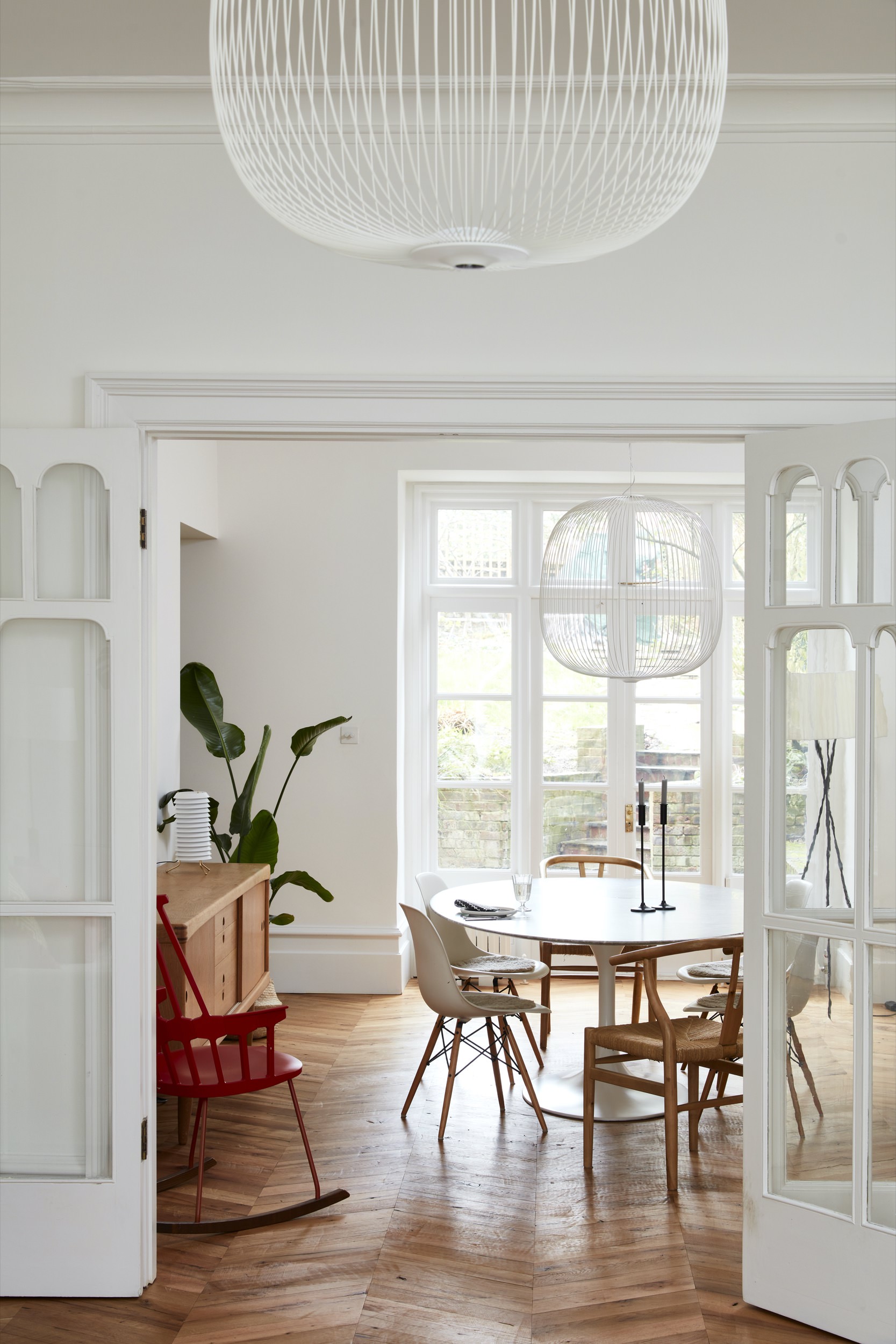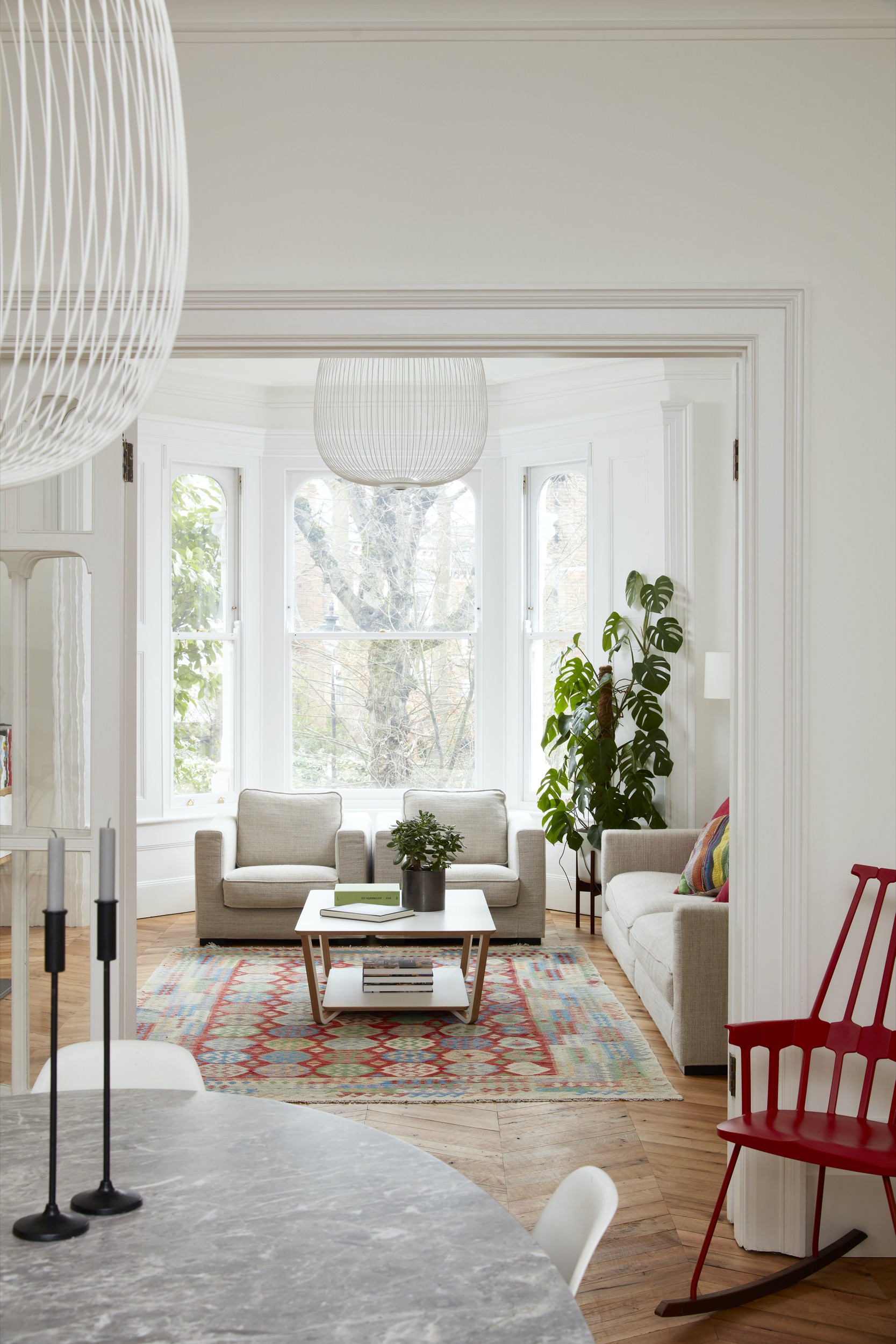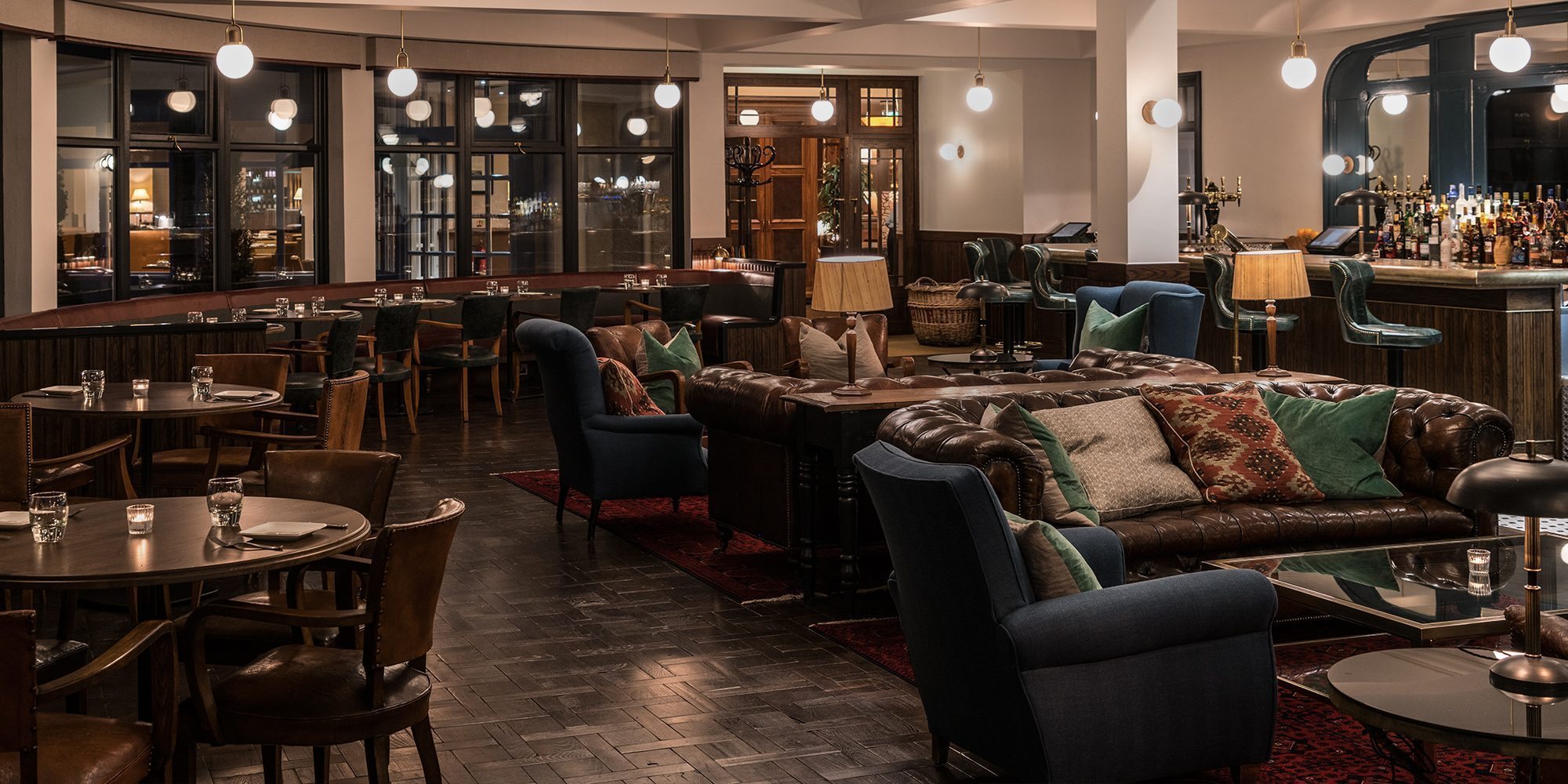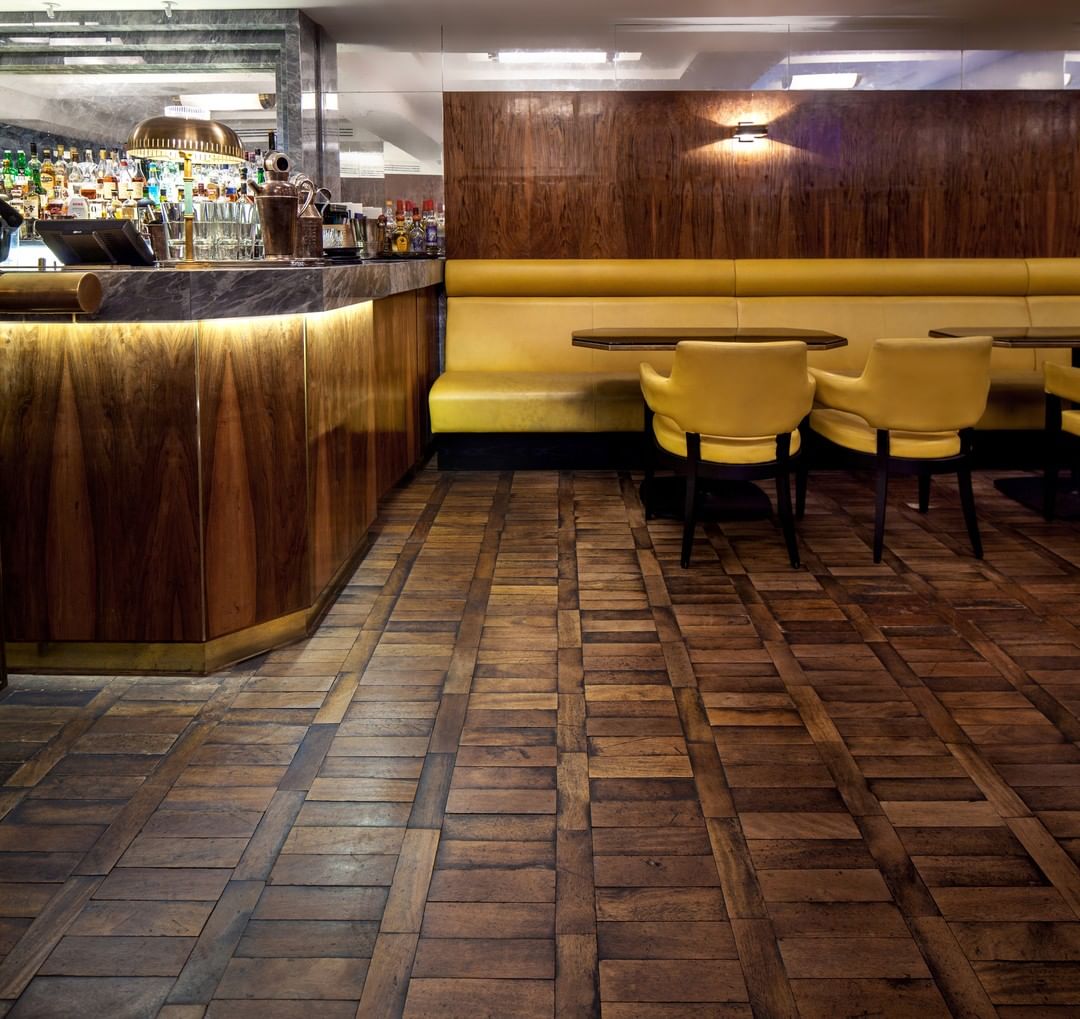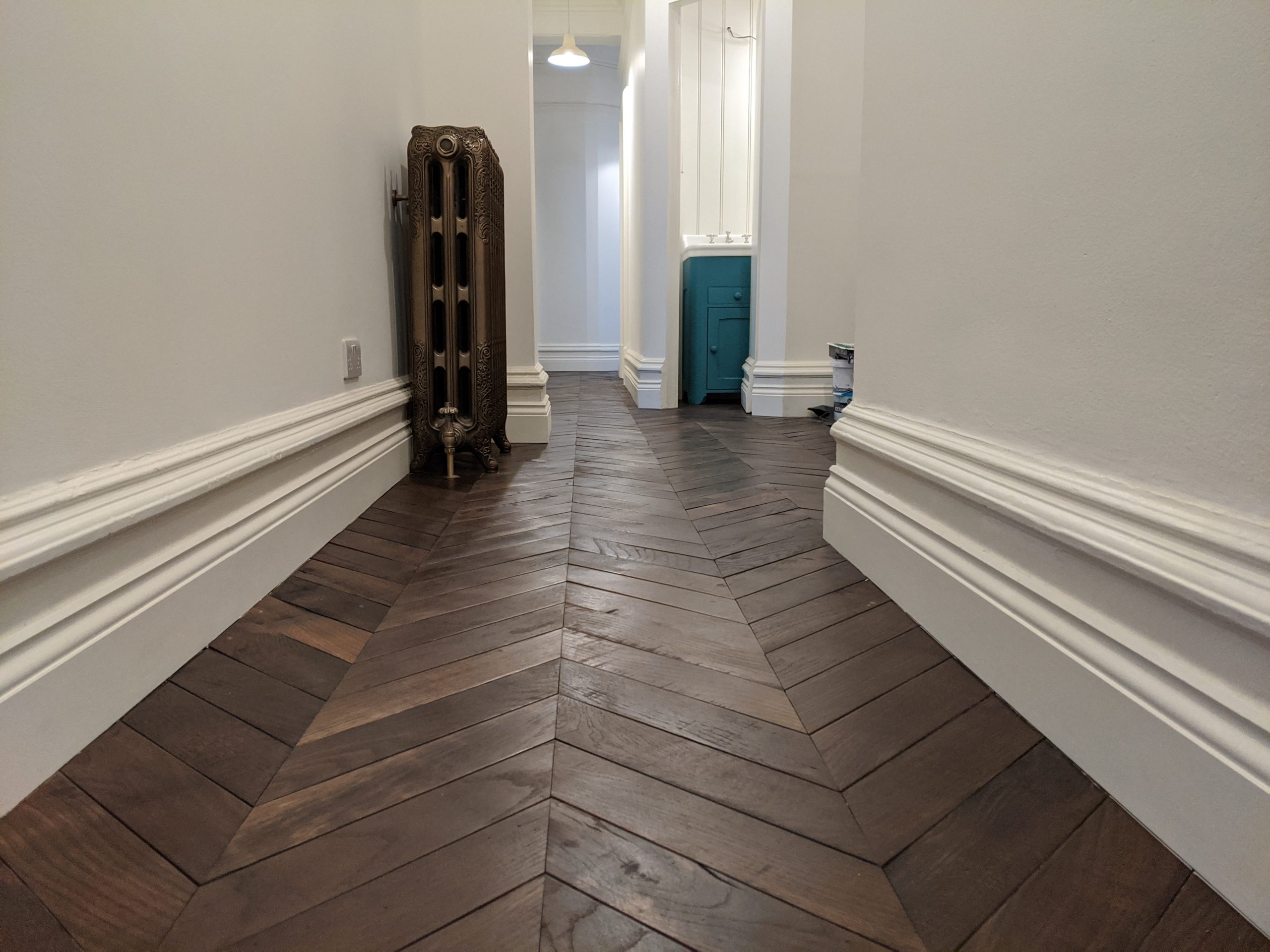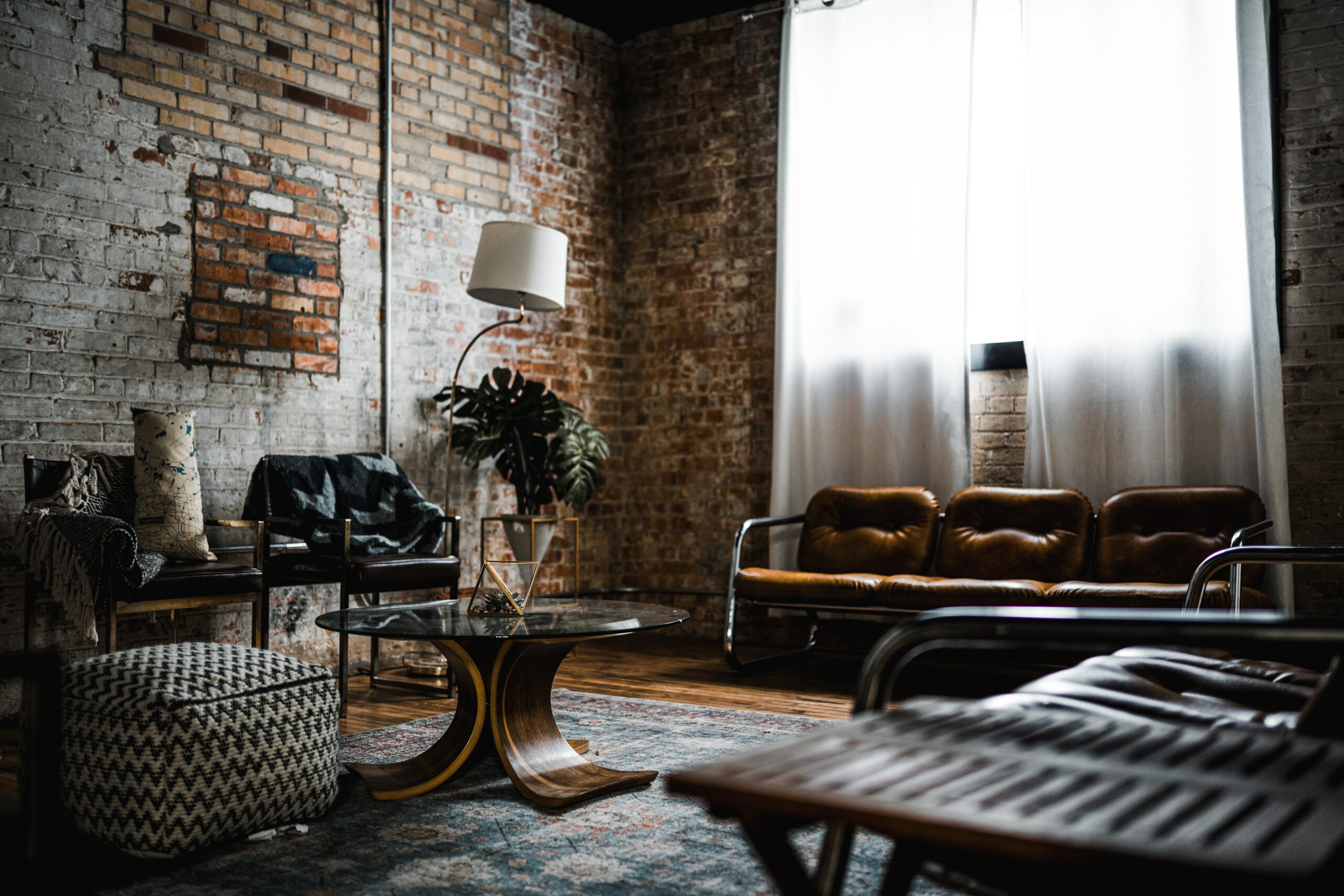
The novel interpretation of the vintage-inspired décor introduces soulful details from various eras — think mid-century furniture, bold botanical wallpapers, statement antiques, repurposed wood flooring and bold geometric accents, just to name a few.
Trend forecasters predict that vintage accents and finishes will make a huge comeback this year, embodying the same elegance and charm but more flexible than their traditional counterparts.
These materials and accents that are synonymous with design ideas of the past can help emphasize storytelling inside our interior spaces — bringing comfort, beauty, sentimentality, and timelessness all at once.
Understanding the vintage style
Driven by nostalgia, designing and decorating in a vintage style helps express individuality and sparks our innate need for a connection to previous memories and experiences.
This means incorporating pre-contemporary biomorphic furniture in curvy shapes, accessories and colour palettes that take influence from trends of past decades to create a sense of history in the space we inhabit.
Whether you want grandeur or simple elegance, vintage design encompasses a wide array of details that stretch throughout history.
It merges inspirations from various styles including mid-century, shabby chic, French-country, art deco, and industrial interior aesthetics.
It also varies significantly depending on the period in focus — for instance, one particular vintage design style that has been influential throughout the years evokes a sense of nostalgic ambience and old-fashion charm associated with the 1940s and 50s.
Defining characteristics of vintage design as a whole include curved furniture pieces crafted from wood, rattan and upholstered plush fabrics, prominent use of an earthy colour palette with touches of bold retro shades, raw surface finishes like wood and exposed concrete, biophilic accents such as leafy plants as well as wallpaper and soft furnishes in bold geometry patterns.
Designing sustainably with vintage accents
Over the past couple of years, we’ve seen environmentalism become one of the burning mainstream topics in design.
Fast design, which promotes simple and carefree solutions meant to endure for a few years before being discarded, has given way to responsible environmental behaviour that taps into the realm of objects and materials built to last a lifetime.
While the industry pursues cautious production practices and promotes recycling, the growing appeal of vintage and sustainable decor heavily resonates with the Millennial generation.
Making use of what’s already there, paying homage to the skills of the yesteryears and appreciating quality that stands the test of time is a “trend” that’s lighting the way ahead and expected to pick up steam as we move forward.
1- Use vintage accents with a timeless look
Essentially, vintage and sustainable design bridge the gap between aesthetics and functionality whilst creating a place that has an immediate comfortable feel.
As more people turn away from throw-away elements, there is a growing favour for timeless vintage accents that add character and warmth to living spaces.
Designing with pre-loved furniture, lighting, mirrors, artwork, Berber-style rugs and soft finishes is not only a far more ethical way to shop, but they can set the tone for a characterful aesthetic that’s hard to come by with modern pieces.
There is something truly special about natural fabrics that help in achieving a vintage feel.
Natural fabrics… think cotton and linen, always feel more authentic and less uniform.
If you have plenty of antiques to use in your design, you can pick only those that exhibit a timeless and sophisticated appeal.
Contrasting materials and textures are always a fantastic idea to bring depth, dimension and dynamism into the space, particularly when working with a neutral colour palette.
2- Introduce contrast with geometric and organic shapes
Being confident in the way you set up your space can be what sets your vintage decorating from the rest.
The contrasting use of geometric and organic shapes has always been a fixture of vintage design.
If you’re looking for brilliant ways to channel both hard-edged and soft, round shapes — think hexagon, herringbone, squares, and florals — that evoke a sense of movement; wallpaper, parquet wood floors, ceramic tiles, curvy furniture, sculptures, rugs and throw cushions are just a few ideas to consider.
A classic mid-century boxy-looking sofa paired with a round coffee table or armchairs with organic lines creates a unified look with a sense of intrigue.
Similarly, if your existing space is adorned by angular furniture pieces, then update the look by replacing a piece or two with something softer to create a vintage design finish with variation instead of a catalogue of coordinated furnishings.
3- Create a fascinating look with neutral and bold accents
A neutral colour scheme has a strong presence in vintage design and is a great way of creating an interior space with timeless appeal.
Unlike 60’s trendy orange and brown interiors or the 80’s pastels, a newer take on a neutral palette invites the use of soft beiges, greys, and whites to create an inviting ambience that has lots of natural materials and textures.
Whilst neutrals may be prominent when designing with vintage and sustainable accents, this historical aesthetic does not shy away from the use of bold hues.
In fact, pops of bright colour can be introduced deliberately to add personality to the scheme of things.
One way of crafting a balanced look is to keep the basics neutral and opt for bold accents in the form of rugs, curtains, and wall art.
All kinds of colours work red, yellow, burnt orange, navy blue and forest green — as well as metallics such as gold and bronze to further elevate your overall look.
3- Old meets new: modernize with artwork and other décor elements
When achieving a timeless vibe, consider keeping things fairly current with art and other decorative elements.
Doing so, regardless of the time period of your architectural features or furnishings, is absolutely fair game in crafting an interior that feels reflective of today’s lifestyle while allowing the individual charm of every element to receive equal appreciation.
Have fun mixing the old with the new!
An antique furniture piece under a modern art piece on a crisp white wall allows the eye to travel from one design element to the other, deeply admiring the style of each.
A rustic wood floor under clean-lined contemporary furniture can produce a juxtaposition that looks incredible and very current.
Picking wood flooring for vintage and sustainable design
One of the benefits of using timber flooring is to deliver the warmth, comfort and authentic beauty you need in your interior space while reducing environmental impact.
With many sustainable wood flooring options, you can easily find those that match your overall aesthetic.
As we mostly start the design process from the ground and go upward, it’s easy to see how wood flooring can set the tone for the aesthetic and colour palette we choose as well as the furnishings we introduce into our space.
Antique reclaimed wood flooring has a fascinating way of introducing a sense of history and grandeur in ways that feel understated.
In addition, its rich patina lends a distinctive and timeless character that helps create an enduring space.
Because the material has been given a second life, it makes for an environmentally sound choice that’s guaranteed to last.
Combining charm and detail, wide wood planks are a perfect complement to vintage-styled homes.
The wider planks show exceptionally tight wood grain and include marks, indentations, or other distressed details.
These touches infuse rustic charm and a lived-in feel that’s as unique as your taste.
Reminiscent of classical Victorian buildings, parquet floors are made up of short wooden battens arranged in one-of-a-kind mosaic-like patterns.
Whether you’re intrigued by a herringbone, chevron, Chantilly, or Versailles pattern, this style of flooring not only represents a long tradition of craftsmanship but also provides curated visual inspiration that perfectly highlights a vintage appeal.
Conclusion
From the 1880s to the 1940s to the 1960s and beyond, vintage and sustainable materials and accents introduce us to some of the stunning periods of interior design. Whether you are a minimalist or a maximalist, there is an era of design that caters to your unique taste and offers a timeless quality that’s sure to stand the test of time.
A lot of shapes, finishes, fabrics, and colours used then look just as charming and elegant today. It’s possible to incorporate a few vintage accents and still maintain an aesthetic that feels current and on-trend. Ultimately, vintage and sustainable accents can help create an interior space that’s liveable, functional and stylish.




